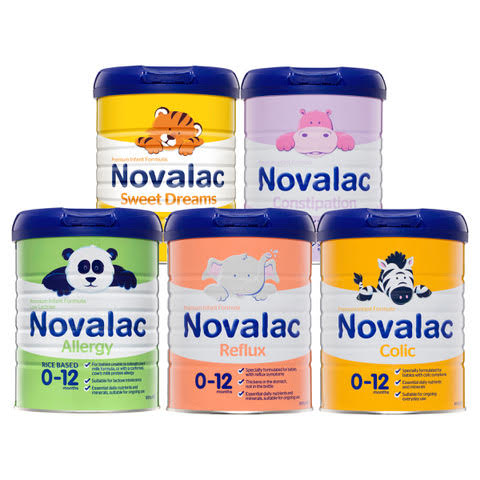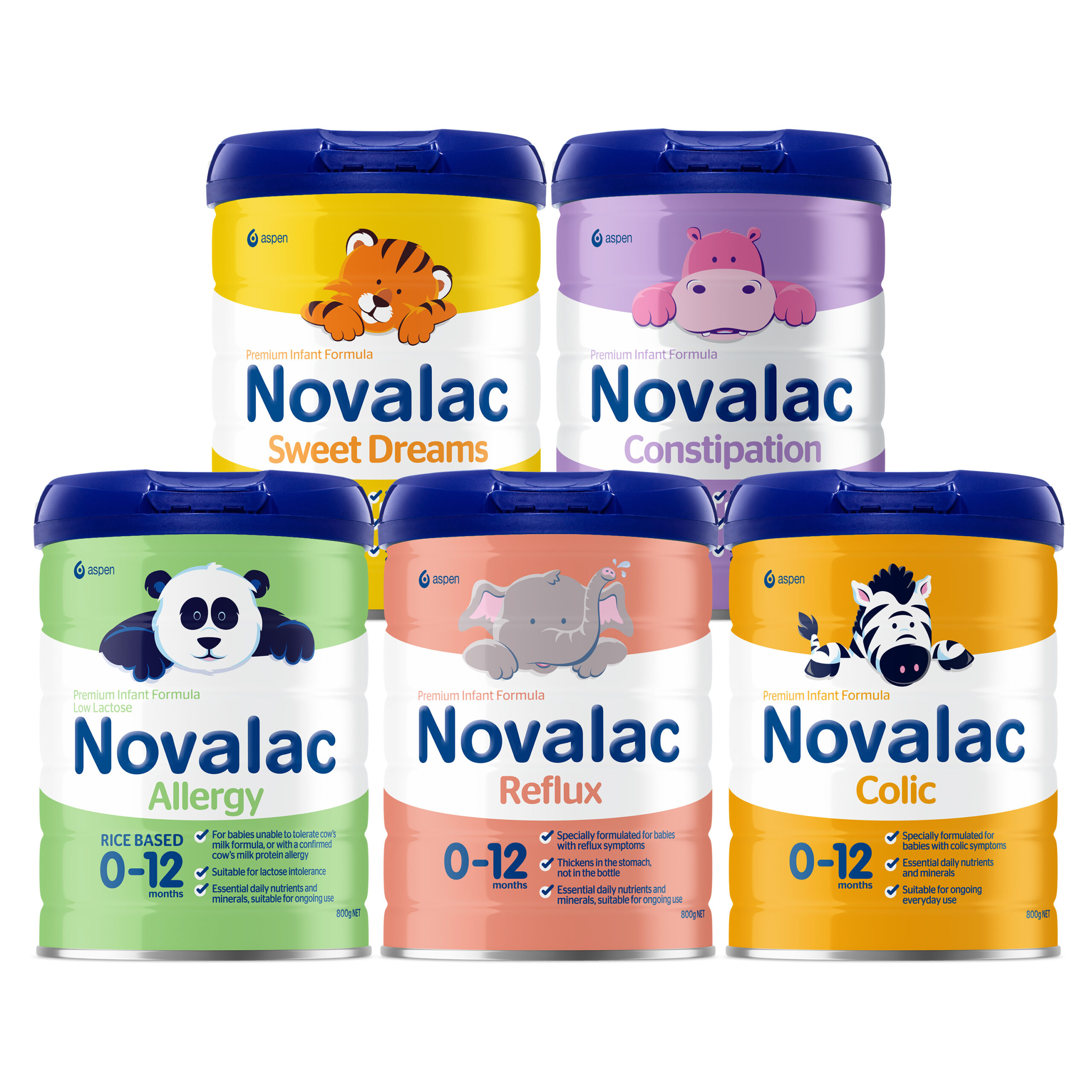Tips for fussy toddlers
Up to half of all children are fussy towards food in their first 2 years1 – it’s a normal part of your toddler’s development.
You’ve probably experienced how strong-willed your toddler can be, and that includes making decisions about whether to eat, or not eat, the food you offer them. Keep in mind also, that children do have different taste preferences than adults and their appetites can change from one day to the next. Sometimes life is just too exciting, and toddlers are so busy exploring, they haven’t time to pause to eat!

Top tips if you have a picky eater
- Try to offer a choice of a variety of foods from a particular food group. If they don’t like one food, another option that they prefer may contain similar levels of nutrients.
- Aim for regular mealtimes – that way your toddler is more likely to be hungry and ready for their meal. Including small healthy snacks through the day may encourage them to eat more at mealtimes.
- Don’t make a fuss if your toddler doesn’t want the meal you offer. Just take it away and offer it later when they’re hungry, rather than give them something different.
- The aim is for your toddler to at least try the food on their plate. Giving it with something you know they do like can help. Don’t give up, as toddlers may need to see a particular food on the plate 10-15 times before being willing to taste it!
- Involve your toddler in shopping, growing, and preparing food. This can help build their interest and enjoyment in food.
When they’re old enough, it’s a good idea to include them in your family mealtime – they’re ready to eat the same as you.

Healthy eating tip:
Offer your toddler fruit and veggies of different colours, textures and tastes – that way your child is more likely to find something they want to try.2
Make mealtimes happy times
Making mealtimes happy and social occasions creates an environment for a more positive eating experience. Things that help keep the mood light and the situation fun include:
- Create joyful memories whilst eating dinner together as a family
- Encourage your toddler to try new foods, but don’t force them – there will be further opportunities
- Starting small; seeing, touching and tasting is progress
- Try not to make a ‘big deal’ about the fussing behaviour
- Make healthy foods fun with interesting shapes and stories

Your toddler might be more willing to try a new food if they see other children enjoying it – so look for opportunities to sit down and share mealtimes and snacks with family and friends.
References:
- Carruth BR, et al. J Am Diet Assoc 2004;104(Suppl 1):57–64.
- Healthy eating habits for kids (suitable for 1 – 8 years). Raising children network. Available at: https://raisingchildren.net.au/ Accessed 2 June 2020.
- Getting the best start in life: All about childhood nutition. Dietitians Assoc. Aust. Available at: https://daa.asn.au/. Accessed 2 June 2020.
- Eat For Health, Australian Dietary Guidelines. Australian Government NHMRC Department of Health and Ageing, 2013.

EVERY CHILD IS DIFFERENT
Every child's development and needs are different, especially when it comes to conditions that may impact on their everyday feeding habits. We are here to support you.




